State Herbarium of South Australia weeds botanists Chris Brodie will be visiting Eyre Peninsula next week. He will be making collections of weeds along with running workshops for our keen environmentalists.
Chris will visit Wudinna, Streaky Bay, Elliston, Port Lincoln, Tumby Bay, Cleve, Cowell and Whyalla between the 21st and 25th of July 2014 and is encouraging local volunteers and plant enthusiasts to collect a weed or plant of interest for the workshops.
The visit is funded by the Eyre Peninsula NRM Board. Senior Natural Resources Officer, Iggy Honan, is helping to organise the visit. “The focus of this visit is to promote the Herbarium and get some good specimens of plants and for the collection,” he said. The botanist will be collecting some of the region’s worst weeds, and any potential new weeds that could threaten our native plants and wildlife.
“Chris will be driving around Eyre Peninsula collecting plants along the way for the State’s Herbarium plant collection which is an important record of the flora we have in this area—some of which is not found anywhere else in the world,” Mr Honan said.
For more information contact an Eyre Peninsula NRM office or the State Herbarium of South Australia.

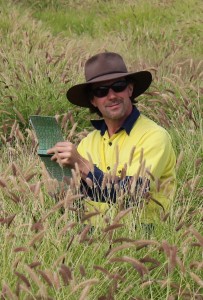
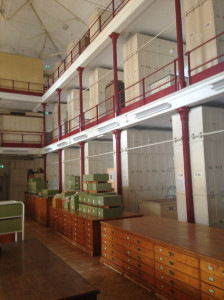
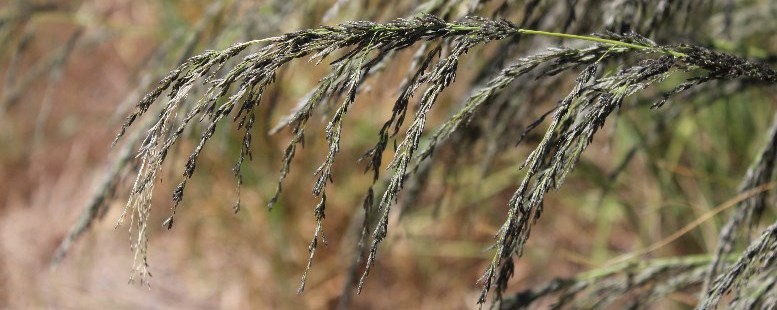

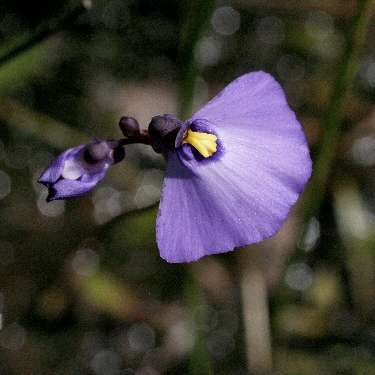
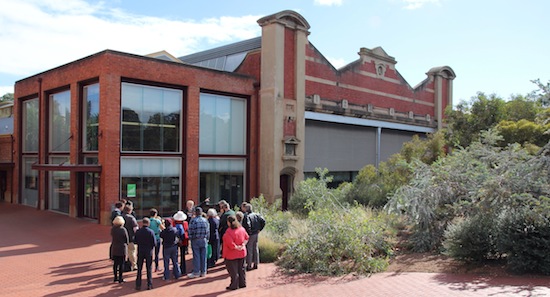
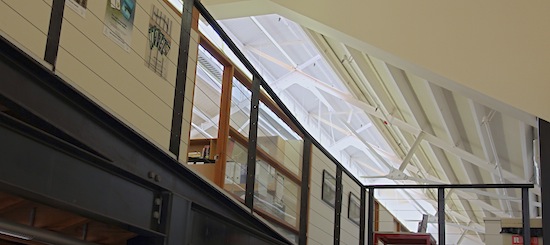
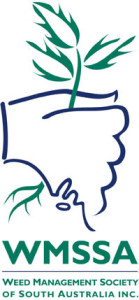
You must be logged in to post a comment.